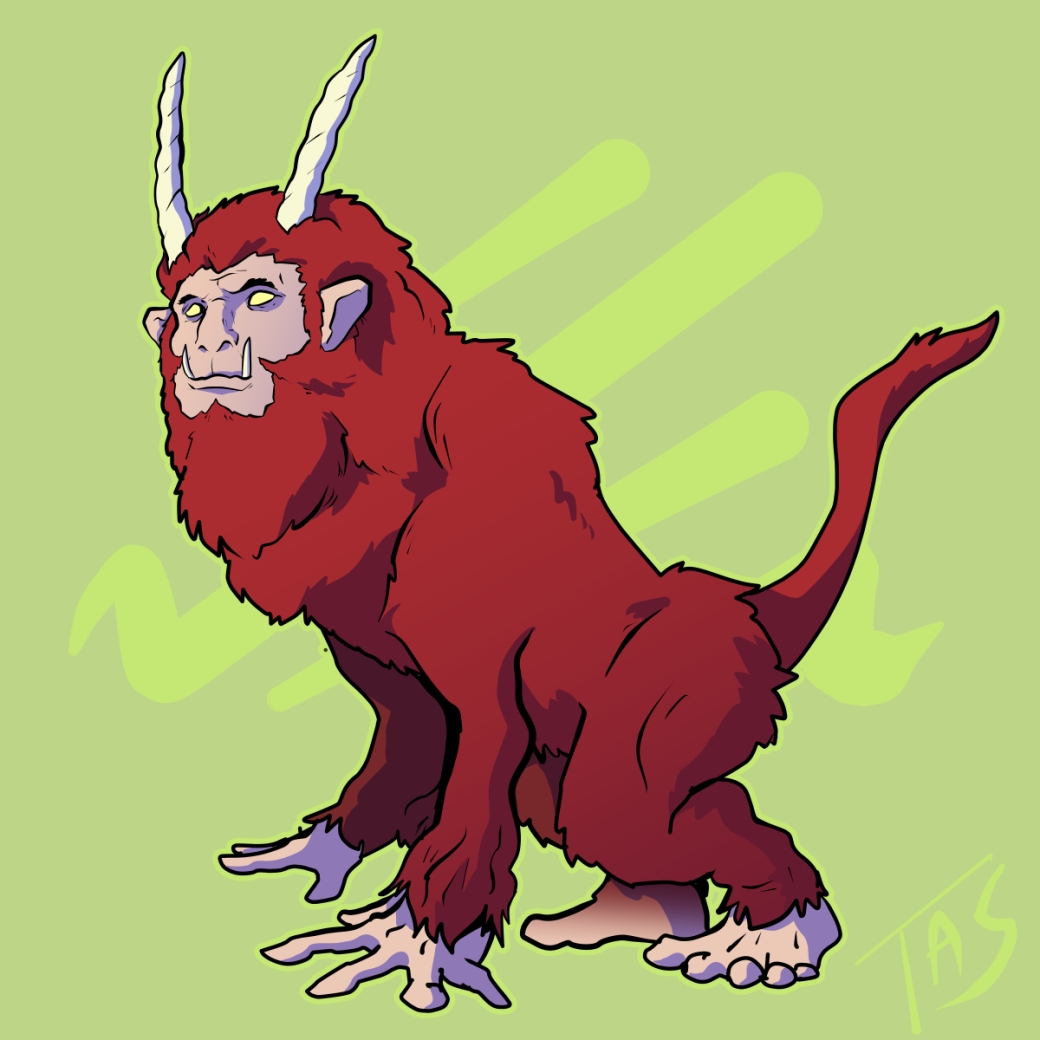
Thomas, the Winged Cat of Pineville
Region of origin: Pineville, West Virginia
In 1959, Pineville resident Doug Shelton found a cat out in the woods who possessed a pair of fur-covered wing-like growths extending off its shoulders. It seemed skittish but comfortable around people, so Doug took it home and named it Thomas, where she quickly became a local celebrity and even got some time in the national spotlight, receiving attention from curious reporters and scientists. A neighbor to the Sheltons, Mrs. Charles Hicks, eventually heard of Thomas and came forward to claim it was her cat, Mitzi, that had gone missing a few days before Doug had found her. The Sheltons refused to give up the cat, who they had begun charging curious onlookers a dime to see and had begun generating some decent income for the small family. The case eventually went to court, but ended abruptly when Doug arrived to the courthouse with a wingless Thomas and a box containing her shed “wings,” which had just been protuberances of matted fur, and Mrs. Hicks claiming upon seeing Thomas that it wasn’t her cat, anyways. Thomas remained with the Sheltons, but without her wings she no longer drew in much of a crowd.
[Sources referenced: X | X | X| X ]










